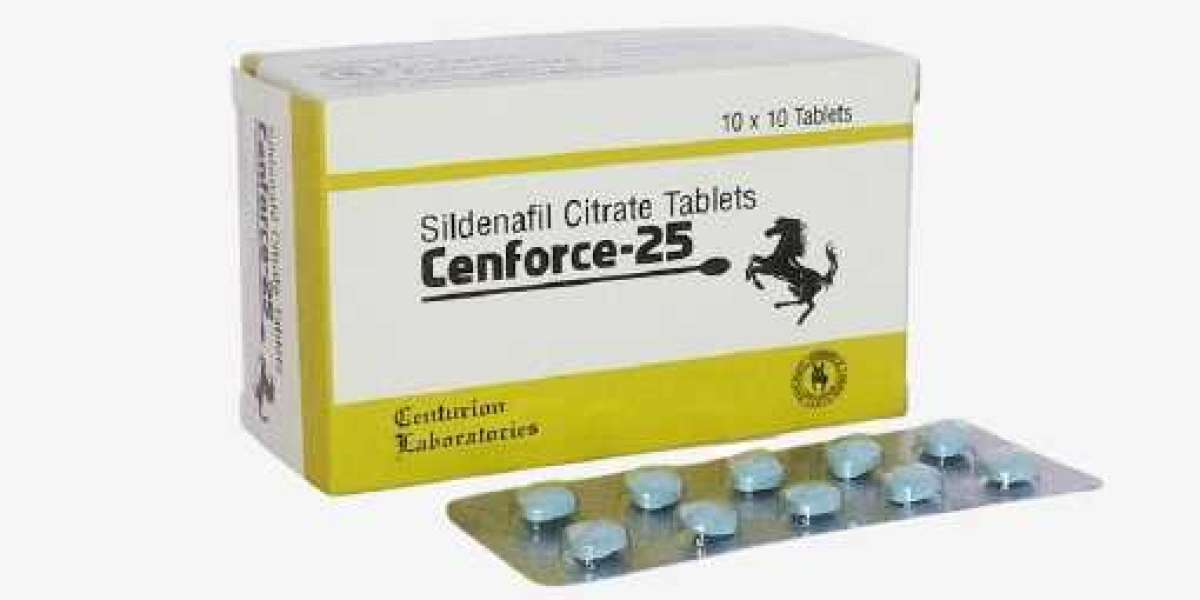Want to impress your family and friends at the next gathering? Serve sandwiches on Kaiser Rolls. They’ll look so professional--like they came from the bakery. You don’t have to tell them how easy they were. If you can make dinner rolls, you can make Kaiser Rolls.
You can make Kaiser Rolls out of any lean bread dough but if you would like to make your rolls from a mix, we suggest using our Sunday Dinner Rolls. Simply leave the butter out and add another half-tablespoon of water. To make it even easier, we’ll knock 33% off the price of our Sunday Dinner Rolls.
A Kaiser Roll is merely a lean roll, specially shaped, and baked in a steamy oven to make it crusty. Choose a recipe or mix for a lean bread dough—or leave the butter or oil out of the recipe. Make per the directions for rolls including letting the dough rise the first time.
Here’s how to shape the rolls:
Step 1:
Cut a piece of dough off about twice what you would use for a dinner roll. (We scale the dough at 3.5 ounces for our sandwich rolls.) Roll the dough out into a rope about eight inches long.
Step 2:
Form a simple over-hand knot in the center of the dough. Leave the knot loose; do not try to draw it tight. You will have two protruding ends a couple inches long.
Step 3:
Take one of the ends and continue it around the rope and push it down through the center hole. It should look like the picture to the right.
Step 4:
Take the other end of the dough, go around the rope, and push the end up through the center hole. The finished roll should look like the one to the right.
It’s more complicated to try to describe the forming process than it is to form the rolls. After the first couple, you’ll breeze right through without even thinking.
Now let the formed rolls rise covered on a baking sheet. When they are ready to bake, brush them with a whisked egg and one tablespoon water, then sprinkle them with sesame or poppy seeds. You can bake them as you would dinner rolls but if you would like crusty roll like true Kaiser Rolls, follow the direction for baking breads in a steamy oven.
To form the thick, chewy crust that is typical of artisan breads, follow these instructions: Place a large, shallow, metal pan in the oven on the lowest shelf. You will pour hot water in this pan to create steam in the oven. High heat is hard on pans so don’t use one of your better pans. An old sheet pan is ideal. Fill a spray bottle with water. You will use this to spray water into the oven to create more steam.
Preheat the oven to 450 degrees. When the oven is hot and the bread is fully risen and is soft and puffy--being very careful not to burn yourself with the rising steam and with a mitted hand--pour about two cups of very hot water in the pan in the oven. Quickly close the oven door to capture the steam. With spray bottle in hand, open the door and quickly spray the oven walls and close the door.
Immediately put the bread in the steamy oven. After a few moments, open the door and spray the walls again to recharge the steam. Do this twice more during the first ten minutes of baking. This steamy environment will create the chewy crust prized in artisan breads.
You can use this baking procedure for crusty hearth breads also. For rolls, bake for ten minutes at 450 degrees then lower the temperature to 350 degrees until done. How long you will bake them will depend on how quickly your oven loses heat but it will probably be about ten additional minutes (a total of 20 minutes). As for all hearth breads, the internal temperature of your crusty rolls should be about 210 degrees. (If crusty rolls are not well baked, the internal moisture will migrate to the crust and make it soft.)
You can make Kaiser Rolls out of any lean bread dough or bread mix. If you are using a bread mix or recipe that calls for butter or oil, leave it out. If the recipe calls for two tablespoons of butter, substitute one tablespoon of water or what is needed to make a soft, barely sticky dough.
Copyright 2003-2007, The Prepared Pantry (http://www.prepraredpantry.com ). Published by permission








